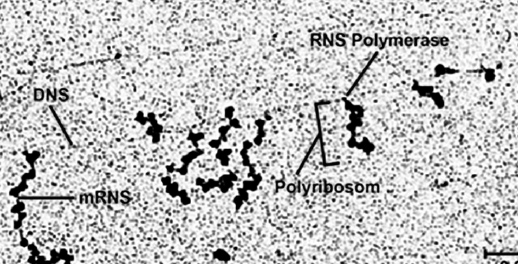The basis of life in its simplest form consists of four components: DNA, RNA, proteins and lipids. DNA and RNA are nucleic acids (DNA = Deoxyribonucleic Acid / RNA = Ribonucleic Acid) and are found in the cells of all living organisms. The tasks of nucleic acids are to store and transmit genetic information.
Mikrokosmos Zelle
Ein erwachsener Mensch besteht aus etwa 50 Billionen Zellen und jede einzelne Zelle ist ein kleines Universum.




